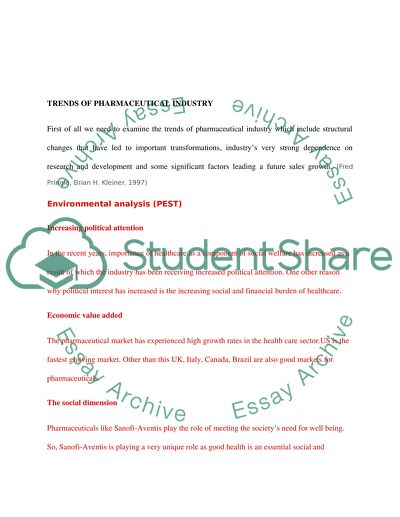Cite this document
(“Business Stategy - Transforming Sanofi-Aventis Essay”, n.d.)
Retrieved from https://studentshare.org/environmental-studies/1422615-business-stategy-transforming-sanofi-aventis
Retrieved from https://studentshare.org/environmental-studies/1422615-business-stategy-transforming-sanofi-aventis
(Business Stategy - Transforming Sanofi-Aventis Essay)
https://studentshare.org/environmental-studies/1422615-business-stategy-transforming-sanofi-aventis.
https://studentshare.org/environmental-studies/1422615-business-stategy-transforming-sanofi-aventis.
“Business Stategy - Transforming Sanofi-Aventis Essay”, n.d. https://studentshare.org/environmental-studies/1422615-business-stategy-transforming-sanofi-aventis.


